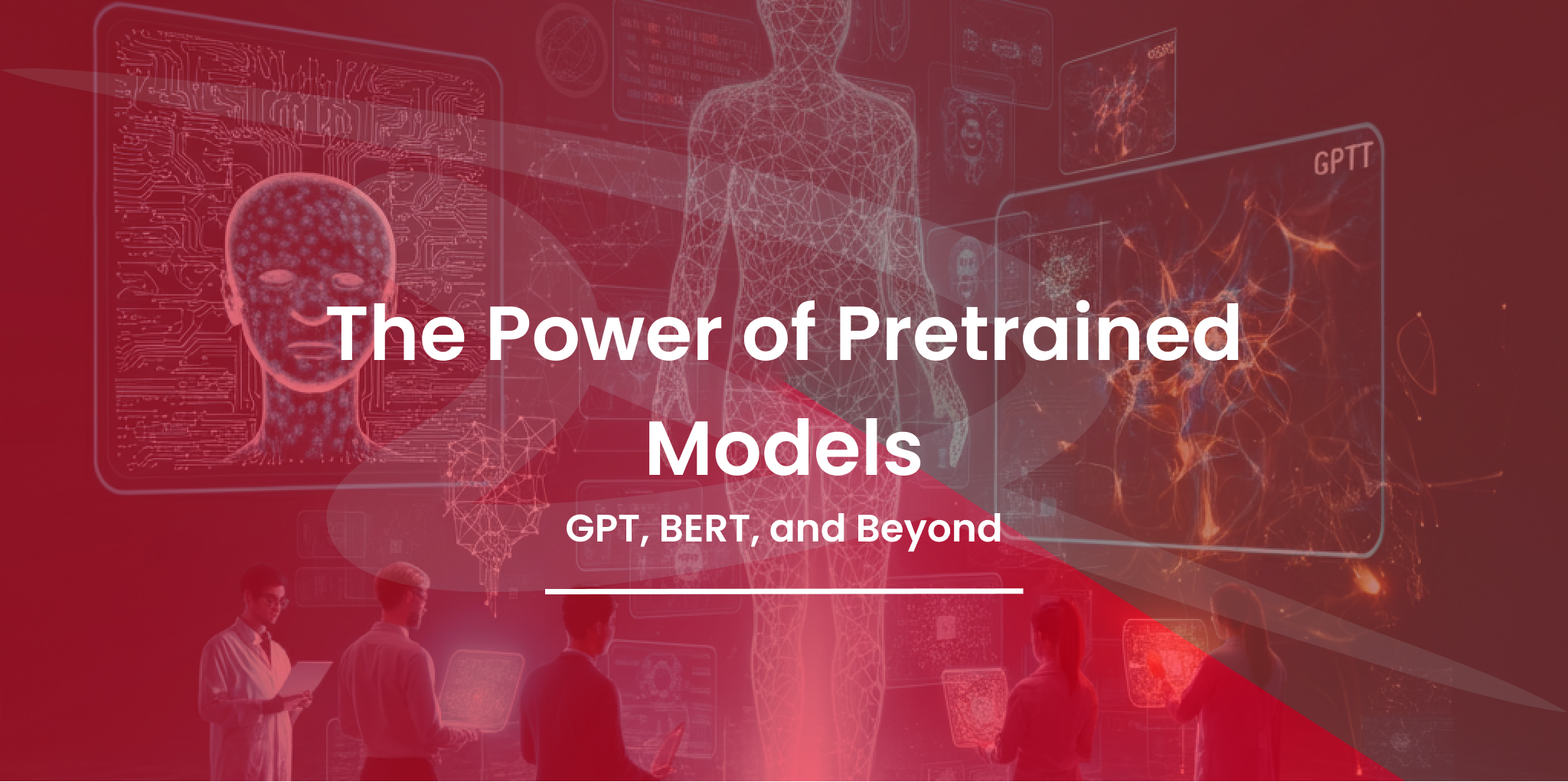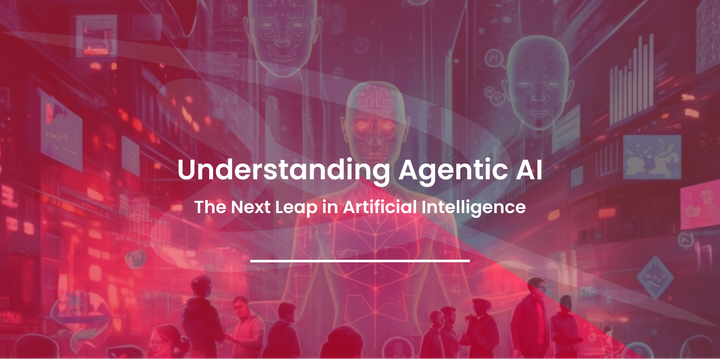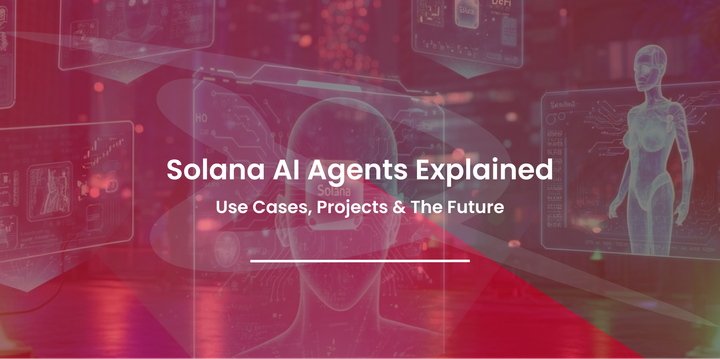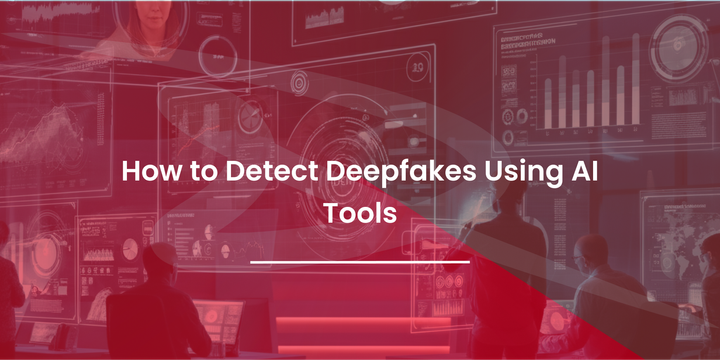The Power of Pretrained Models: GPT, BERT, and Beyond
Discover the inner workings, benefits, and top applications of pretrained AI models like GPT and BERT, and how they’re transforming industries everywhere.

Artificial Intelligence (AI) has come a long way, and pretrained models are at the forefront of this progress. Gone are the days when machine learning models had to be built and trained from scratch for every task. Today, pretrained models like GPT, BERT, and CLIP have streamlined the AI development process, making innovation faster, smarter, and more efficient.
But how do pretrained models actually work, and why are they so impactful? This blog explores the fundamentals of pretrained models, their applications across domains like Natural Language Processing (NLP) and Computer Vision (CV), and their potential to shape the future of AI.
Get ready to understand the world of pretrained models, their challenges, and their game-changing possibilities.
What Are Pretrained Models?
Pretrained models are machine learning models trained on massive amounts of data to learn general patterns and representations that can be applied to a wide variety of tasks. Unlike traditional machine learning models that start from scratch with random weights, pretrained models bring a head start to the game.
How They Revolutionize AI
Pretrained models are revolutionary because they enable an approach called transfer learning. This means the knowledge gained during pretraining (on tasks like language modeling or image classification) can be adapted for entirely new tasks with much less data and computing power.
Here’s why they’re a game-changer for machine learning and AI:
- Faster Training: Instead of weeks or months of training, using pretrained models significantly reduces development cycles for AI solutions.
- Better Accuracy: Pretrained models often achieve superior performance due to the diversity and size of their pretraining datasets.
- Lower Resource Usage: By reusing models instead of building from the ground up, businesses and researchers save time, money, and energy.
How Pretrained Models Work
To fully appreciate pretrained models, you need to understand key concepts like transfer learning, fine-tuning, and zero-shot learning.
Transfer Learning and Fine-Tuning
- Transfer Learning involves taking a pretrained model and applying it to a specific problem.
- Fine-Tuning is the next step—adjusting the pretrained model on a small, labeled dataset to improve performance for the task at hand (e.g., classifying medical text).
This two-step process allows AI engineers to leverage pretrained knowledge while tailoring models to their unique needs.
Pretraining vs. Fine-Tuning vs. Zero-Shot Learning
- Pretraining is where the model learns general representations from vast amounts of data.
- Fine-Tuning adapts the model for specific domains or tasks.
- Zero-Shot Learning takes the model’s capability a step further, enabling it to perform tasks without task-specific training data (e.g., asking GPT models to summarize text without providing examples).
Where Pretrained Models Shine
Pretrained models are essential for domains requiring deep context understanding or complex pattern recognition, such as:
- Natural Language Processing (NLP): Understanding human language in tasks like translation, summarization, and sentiment analysis.
- Computer Vision (CV): Recognizing and interpreting images.
- Multimodal AI: Combining different data types like text and visuals for better context.
Popular Pretrained Models and Their Applications
GPT (Generative Pretrained Transformer)
GPT models, like OpenAI’s ChatGPT, bring incredible text-generation capabilities to the table.
- How It Works: GPT uses a transformer-based architecture and vast datasets to predict and generate coherent, context-aware text.
- Use Cases:
- Writing assistance (e.g., copywriting, essays).
- Language translation.
- Chatbots and virtual assistants.
BERT (Bidirectional Encoder Representations from Transformers)
BERT’s unique approach—reading text bidirectionally rather than left-to-right—dramatically improves NLP understanding.
- How It Works: BERT learns from the entire sentence context, making it ideal for understanding nuances and ambiguities in language.
- Applications:
- Search algorithms (e.g., Google Search).
- Question-answering systems.
- Sentiment analysis.
T5 (Text-to-Text Transfer Transformer)
T5 reformulates any NLP task into a text-generation problem, bringing versatility to handling various tasks.
- How It Works: Input text is transformed into output text by converting NLP problems like classification into question-and-answer formats.
- Use Cases:
- Machine translation.
- Text summarization.
- Error correction systems.
CLIP (Contrastive Language-Image Pretraining)
CLIP combines text and image data to bridge the gap between vision and language understanding.
- How It Works: CLIP trains on image-text pairs and learns to match them, enabling better multimodal understanding.
- Applications:
- Image recognition.
- Content moderation.
DALL·E and Stable Diffusion
These state-of-the-art models generate images from textual descriptions, making conceptualization and creativity more accessible.
- How They Work: DALL·E and Stable Diffusion operate by conditioning image outputs based on text input, creating photo-realistic visuals.
- Use Cases:
- Art creation.
- Marketing and design automation.
Fine-Tuning Pretrained Models for Specific Tasks
Pretrained models become even more powerful when fine-tuned for niche use cases.
Why Fine-Tuning is Crucial
Fine-tuning takes a broadly trained model and adapts it to solve domain-specific challenges, such as:
- Fine-tuning BERT for medical document classification.
- Adapting GPT for creative writing in advertising.
Tools for Fine-Tuning
Popular libraries and frameworks make fine-tuning models easier than ever before, including:
- Hugging Face Transformers: A library of pretrained models and utilities.
- TensorFlow and PyTorch: Popular frameworks for training and deploying machine learning models.
Challenges and Limitations of Pretrained Models
No technology is perfect, and pretrained models come with their own set of challenges.
- Bias in AI Models: Pretrained models often inherit biases from their training data, reflecting societal stereotypes or misinformation.
- Resource-Intensive Training: Training and deploying large-scale models require expensive infrastructure like GPUs and TPUs.
- Data Privacy Concerns: Using models trained on public data may inadvertently expose private information.
Addressing these limitations demands ethical AI practices, bias detection tools, and a push for more efficient models.
The Future of Pretrained Models
What does the future hold for pretrained models?
- The Rise of Self-Supervised Learning: Models like GPT-4 and BERT demonstrate that learning without labeled data is not only possible but highly effective.
- Smaller, More Efficient Models: DistilBERT shows how we can retain performance while reducing size and resource requirements.
- Open-Source vs. Proprietary Models: Open-source platforms (e.g., Hugging Face) are democratizing AI, while proprietary models (e.g., GPT-4) continue to push the boundaries of innovation.
FAQs
What is the main advantage of using a pretrained model?
It saves time, computing resources, and improves accuracy for specific AI tasks with minimal additional training.
Can I use pretrained models without fine-tuning?
Yes! Many models perform well without custom training, depending on the problem.
How do GPT and BERT differ?
GPT specializes in text generation, while BERT excels at understanding and analyzing language.
Are there open-source alternatives to GPT and BERT?
Absolutely! Open-source models like Hugging Face’s Transformers and DistilBERT offer free-to-use alternatives.
How can I deploy a pretrained model?
Use frameworks like TensorFlow or PyTorch and libraries like Hugging Face to deploy pretrained models in your application.
Do pretrained models introduce biases?
Yes, biases may exist, but they can be minimized with careful monitoring and ethical AI practices.
What are some of the best libraries for using pretrained models?
Hugging Face Transformers, TensorFlow, and PyTorch are excellent libraries for using pretrained models in your projects.
Empower Your AI Journey
Pretrained models like GPT, BERT, and CLIP are revolutionizing AI, making capabilities once thought impossible accessible with just a few lines of code. While challenges exist, the benefits they unlock—from efficiency to innovation—are monumental.
If you’re ready to harness the power of pretrained models, there’s no better time to start experimenting with tools like Hugging Face or integrating them into your workflows.
The future of AI is here—what will you build with it?




Comments ()